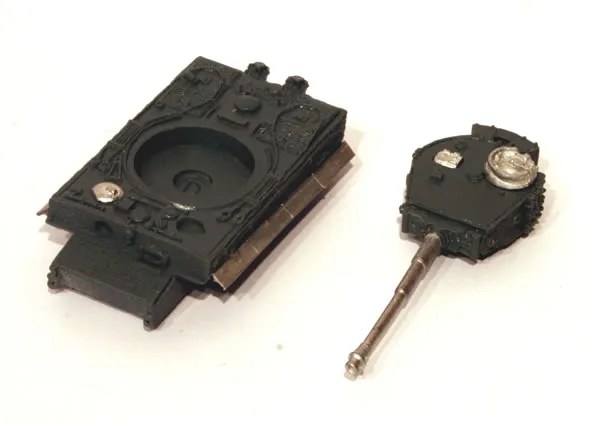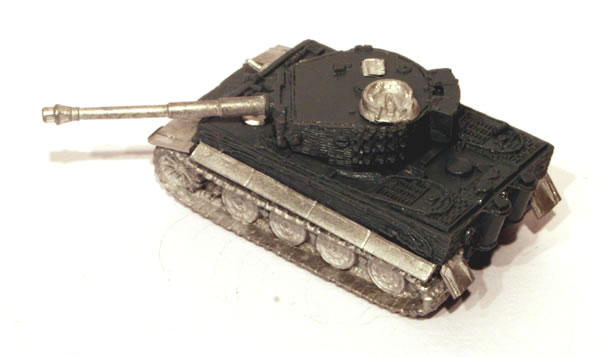
One of the displays that I really liked on my recent visit to the Tank Museum was that of the Sherman tank used in the film, Fury.

April, 1945. As the Allies make their final push in the European Theatre, a battle-hardened army sergeant named Wardaddy (Brad Pitt) commands a Sherman tank and her five-man crew on a deadly mission behind enemy lines. Outnumbered and outgunned, and with a rookie soldier thrust into their platoon, Wardaddy and his men face overwhelming odds in their heroic attempts to strike at the heart of Nazi Germany.
A M4A3E8 Sherman was used by the film makers and Bovington have kept the Sherman tank as it was in the film, complete with weathering, props and the name Fury painted on the barrel of the main weapon.

TheM4A3E8 Sherman has much wider tracks than other Shermans and this makes the tank look much taller and bigger than other Sherman tanks.

Most of the film was shot in Oxfordshire (and not Germany). The German town used in the film was built completely from scratch, which isn’t too surprising considering what happens there.

It wasn’t just the Sherman that was used in the filming, the film crew also used Bovington’s working Tiger tank too.

I really enjoyed the film and thought a powerful interpretation of the last few months of the war and the defiant last stand by the Germans despite knowing they faced eventual defeat, with the Americans wanting to finish quickly so they can go home. It has to be said that the end of the film leaves something to be desired, but remember this is Hollywood. I
Get Fury on Blu Ray from Amazon.
Download Fury from iTunes.



























